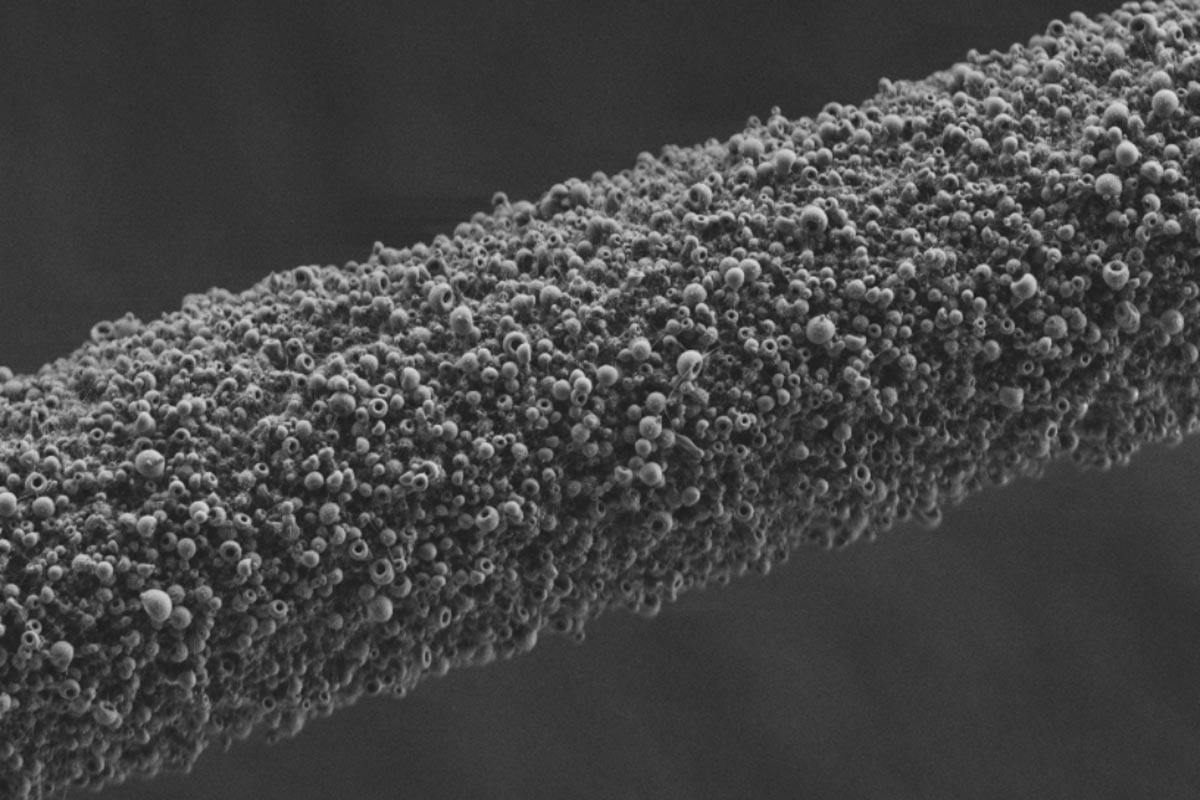A recent project has increased output at the Isotope Production Facility (IPF). Nuclear scientists developed a new particle-beam delivery system. This particle beam delivers subatomic particles to modify atoms, transforming them into valuable isotopes. They also developed new diagnostic instruments, a new adjustable targeting “iris,” and a sophisticated focusing system. These improvements make it possible to direct the proton beam onto targets of different sizes. The project increased isotope production by 30 percent and paves the way for future increases of as much as 60 percent.
The Impact
The IPF will now be able to make more high-demand medical isotopes like strontium-82. Experiments after the upgrade systematically increased the IPF’s proton beam intensity on target. This means scientists for the first time achieved a week-long, world record high-intensity run with a confirmed 30 percent increase in yield of strontium-82 production. Doctors will have more materials for diagnostic imaging for cardiac patients, an important first step in treating heart problems. The IPF will also be able to make more isotopes for emerging medical applications such as actinium-225, which physicians could use for cancer therapy.
Summary
The accelerator improvement project at the IPF had four main components. The first is a redesigned beam window that now accommodates extremely high beam currents of up to 450 microamperes. This window allows the very “bright” proton beam, capable of producing much larger quantities of isotopes, to be transported through the window without breaking and damaging either the isotope targets or the beam delivery system. The second component is new and improved diagnostics. These diagnostics give IPF operators confidence in the proton beam system at a high level to help improve beam intensity and reliability. The third component is improved raster capability, which is essential to “paint” the proton beam evenly over the target surface and reduce the impact of the heat generated by the beam. The final component is a variable aperture collimator, a one-of-a-kind instrument that works much like an iris in a film camera. The instrument can be adjusted to put the desired amount of proton “brightness” onto the targets. A fully open iris, coupled with the new raster system, allows higher beam currents on target and higher isotope production rates. The iris can also be narrowly opened to target materials that are precious or in limited supply and for specialty production.
These improvements mean the IPF and the Department of Energy Isotope Program can meet current and near-future demand for strontium-82. The productivity improvements also allow the IPF to produce larger amounts of other isotopes. These include germanium-68 for cancer diagnosis, sodium-22 for anti-matter research, and arsenic-73 for environmental research. The IPF improvements also support research on isotopes for new medical applications and on isotope production technology.
Funding
This work was funded by an Accelerator Improvement Project from the U.S. Department of Energy Isotope Program, managed by the DOE Office of Science.
Original post https://alertarticles.info



